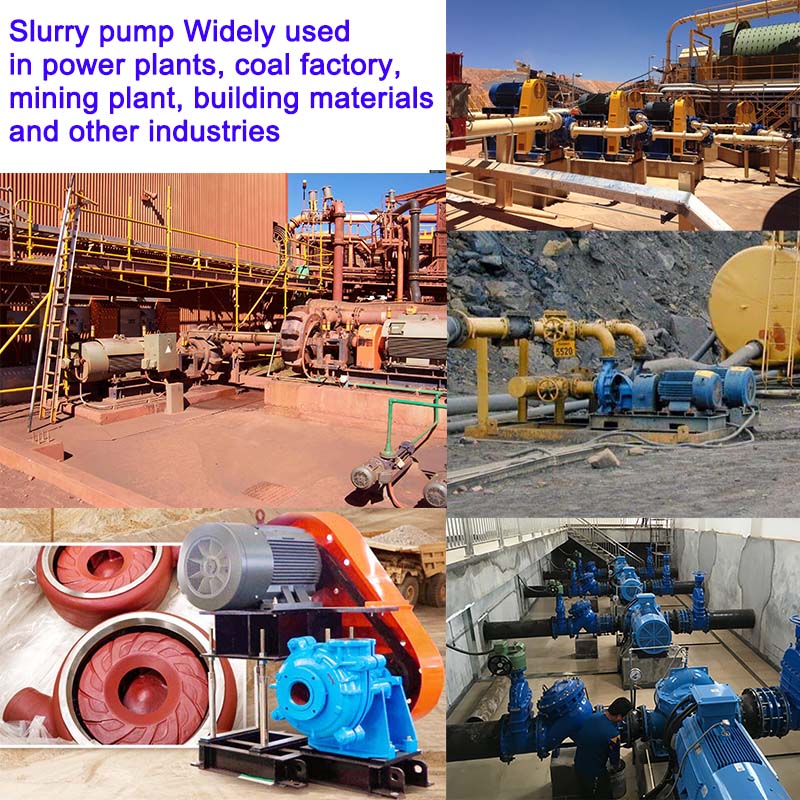Arabic
- Afrikaans
- Albanian
- Amharic
- Arabic
- Armenian
- Azerbaijani
- Basque
- Belarusian
- Bengali
- Bosnian
- Bulgarian
- Catalan
- Cebuano
- Corsican
- Croatian
- Czech
- Danish
- Dutch
- English
- Esperanto
- Estonian
- Finnish
- French
- Frisian
- Galician
- Georgian
- German
- Greek
- Gujarati
- Haitian Creole
- hausa
- hawaiian
- Hebrew
- Hindi
- Miao
- Hungarian
- Icelandic
- igbo
- Indonesian
- irish
- Italian
- Japanese
- Javanese
- Kannada
- kazakh
- Khmer
- Rwandese
- Korean
- Kurdish
- Kyrgyz
- Lao
- Latin
- Latvian
- Lithuanian
- Luxembourgish
- Macedonian
- Malgashi
- Malay
- Malayalam
- Maltese
- Maori
- Marathi
- Mongolian
- Myanmar
- Nepali
- Norwegian
- Norwegian
- Occitan
- Pashto
- Persian
- Polish
- Portuguese
- Punjabi
- Romanian
- Russian
- Samoan
- Scottish Gaelic
- Serbian
- Sesotho
- Shona
- Sindhi
- Sinhala
- Slovak
- Slovenian
- Somali
- Spanish
- Sundanese
- Swahili
- Swedish
- Tagalog
- Tajik
- Tamil
- Tatar
- Telugu
- Thai
- Turkish
- Turkmen
- Ukrainian
- Urdu
- Uighur
- Uzbek
- Vietnamese
- Welsh
- Bantu
- Yiddish
- Yoruba
- Zulu
Telephone: +86 13120555503
Email: frank@cypump.com
ديسمبر . 15, 2024 19:41 Back to list
pumps to remove water
Pumps to Remove Water Essential Tools for Effective Water Management
Water is an essential resource for life, but when it accumulates in unwanted areas, it can lead to significant problems. From flooded basements to stormwater runoff, excess water poses a threat to infrastructure, agriculture, and even public health. This is where pumps come into play. Pumps designed to remove water are crucial tools in managing excess water efficiently and effectively.
Understanding Water Pumps
Pumps for removing water operate on the principle of transferring water from one location to another, typically moving it away from areas where it is not wanted. They can be especially useful during heavy rainfalls, floods, or in places where water tends to collect due to poor drainage. The main types of pumps used for these purposes are submersible pumps and centrifugal pumps.
Submersible Pumps are designed to be submerged in water. They are often used in situations where water needs to be pumped from beneath the surface. These pumps are particularly effective in draining flooded basements or other areas where water has accumulated. The motor is sealed within the pump to allow it to operate while submerged, making it efficient for various applications.
Centrifugal Pumps, on the other hand, are typically used when the water needs to be moved from a surface level. They work by converting rotational energy from a motor into hydrodynamic energy in the fluid, allowing water to be propelled through the pump and out to a designated area. These pumps are commonly used in irrigation systems, wastewater facilities, and for dewatering sites where excess water needs to be removed.
Applications of Water Removal Pumps
There are numerous applications for water removal pumps across various sectors. In residential settings, these pumps are invaluable for homeowners dealing with basement flooding or water damage. With the rise in unpredictable weather patterns, having a reliable pump can safeguard property and protect against expensive repairs.
pumps to remove water

In agriculture, water pumps are crucial for managing irrigation and draining excess water from fields. Too much water can drown crops, leading to significant yield loss. Conversely, ensuring adequate irrigation is pivotal for crop growth, making the versatility of these pumps essential for farmers.
In construction, dewatering is a critical aspect of site preparation. Workers need to ensure that areas are dry before laying foundations. Pumps are employed to remove water from excavations, thus preventing delays in construction projects. Furthermore, construction pumps can help manage groundwater to keep work areas safe and dry.
Choosing the Right Pump
Selecting the appropriate pump for water removal tasks involves considering several factors. First, the pump's capacity—measured in gallons per minute (GPM)—should match the volume of water that needs to be moved. Also, understanding the total dynamic head (TDH), which encompasses both the vertical lift and friction loss in the system, is essential for effective pump selection.
Portable vs. fixed pumps is another consideration. Portable pumps are ideal for localized, temporary tasks, such as after a heavy rain, while fixed pumps may be better suited for continuous use in agricultural or industrial settings.
Conclusion
In conclusion, pumps to remove water play an indispensable role in modern water management strategies. By understanding the different types of pumps available, their applications, and how to choose the right one, individuals and organizations can effectively tackle the challenges posed by excess water. Investing in reliable pumps not only helps prevent damage and enhance efficiency but also supports better management of one of our planet’s most critical resources. Whether for home, farm, or industry, water removal pumps are a vital part of ensuring a safer and more sustainable environment.
-
Heavy-Duty Mining Sludge Pumps - Wear-Resistant Slurry Handling
NewsAug.02,2025
-
Horizontal Split Case Pump with GPT-4 Turbo | High Efficiency
NewsAug.01,2025
-
ISG Series Pipeline Pump - Chi Yuan Pumps | High Efficiency, Durable Design
NewsAug.01,2025
-
Advanced Flue Gas Desulfurization Pump with GPT-4 Turbo | Durable & Efficient
NewsJul.31,2025
-
ISG Series Vertical Pipeline Pump - Chi Yuan Pumps | Advanced Hydraulic Design&Durable Construction
NewsJul.31,2025
-
ISG Series Vertical Pipeline Pump - Chi Yuan Pumps | Energy Efficient & Low Noise
NewsJul.31,2025










